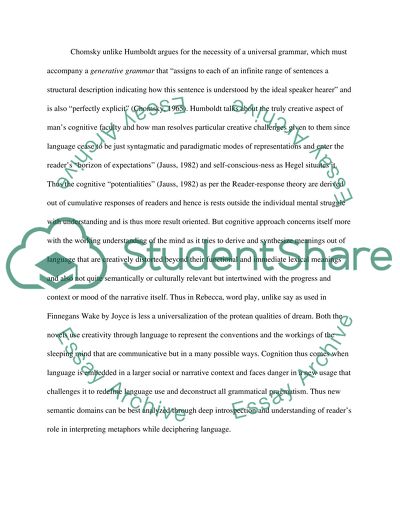Cite this document
(“Creative use of English Essay Example | Topics and Well Written Essays - 2750 words”, n.d.)
Retrieved de https://studentshare.org/english/1534571-creative-use-of-english
Retrieved de https://studentshare.org/english/1534571-creative-use-of-english
(Creative Use of English Essay Example | Topics and Well Written Essays - 2750 Words)
https://studentshare.org/english/1534571-creative-use-of-english.
https://studentshare.org/english/1534571-creative-use-of-english.
“Creative Use of English Essay Example | Topics and Well Written Essays - 2750 Words”, n.d. https://studentshare.org/english/1534571-creative-use-of-english.


